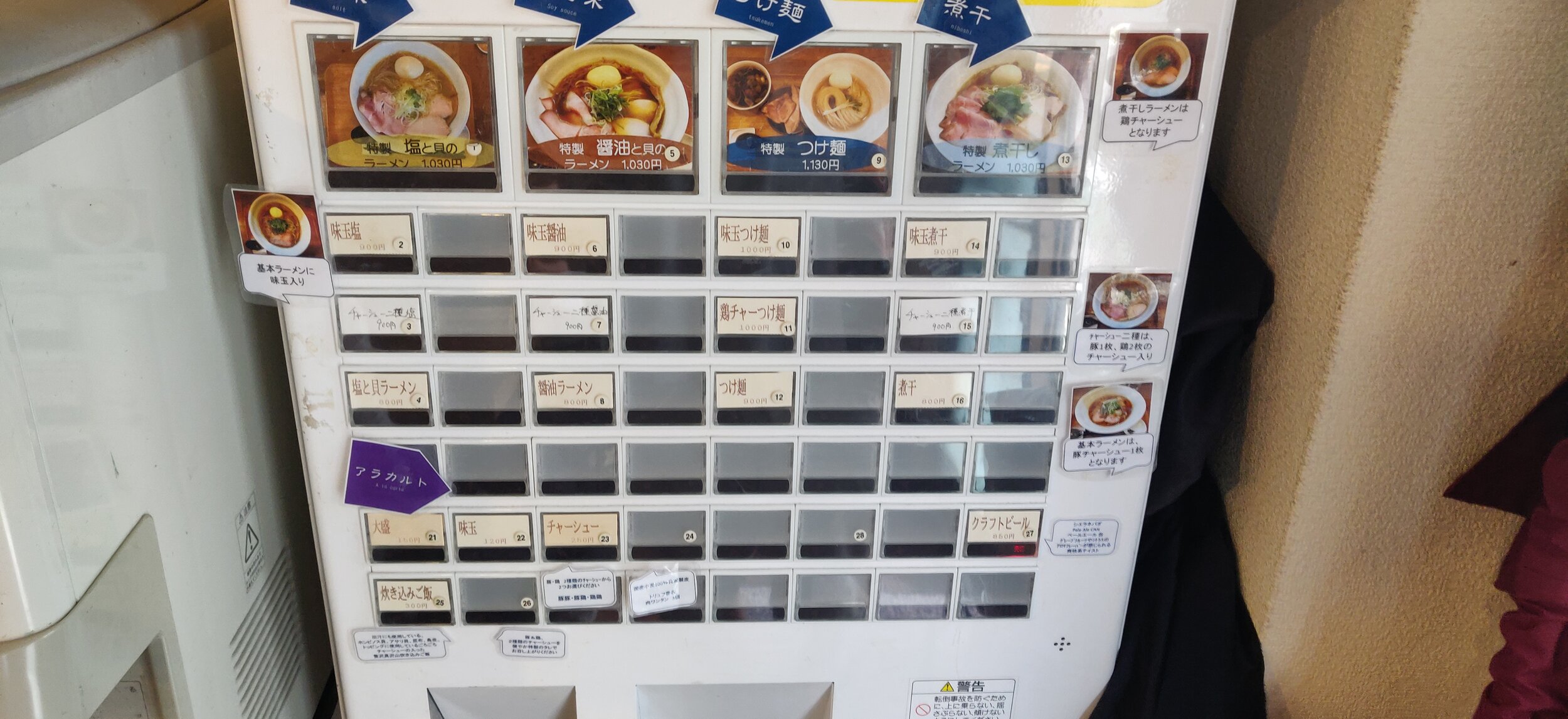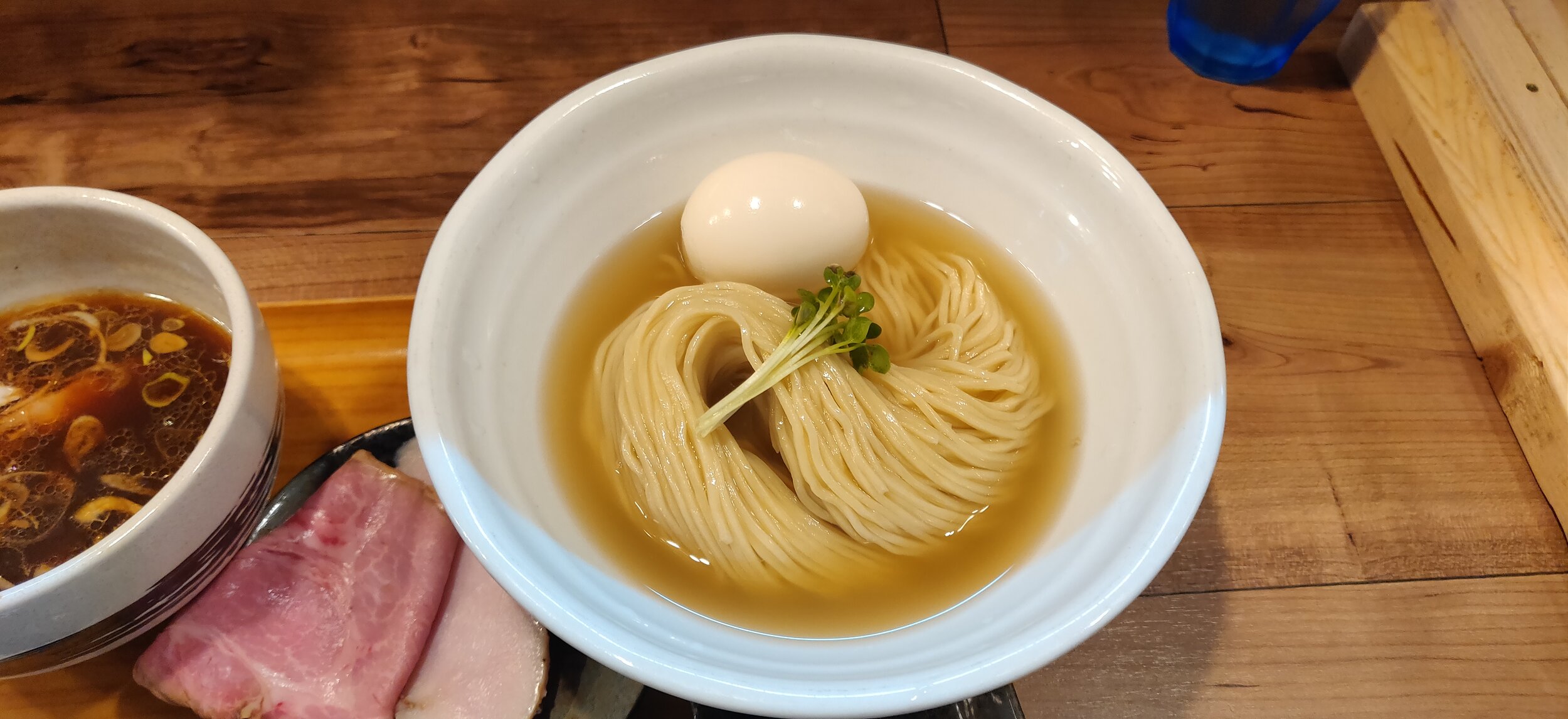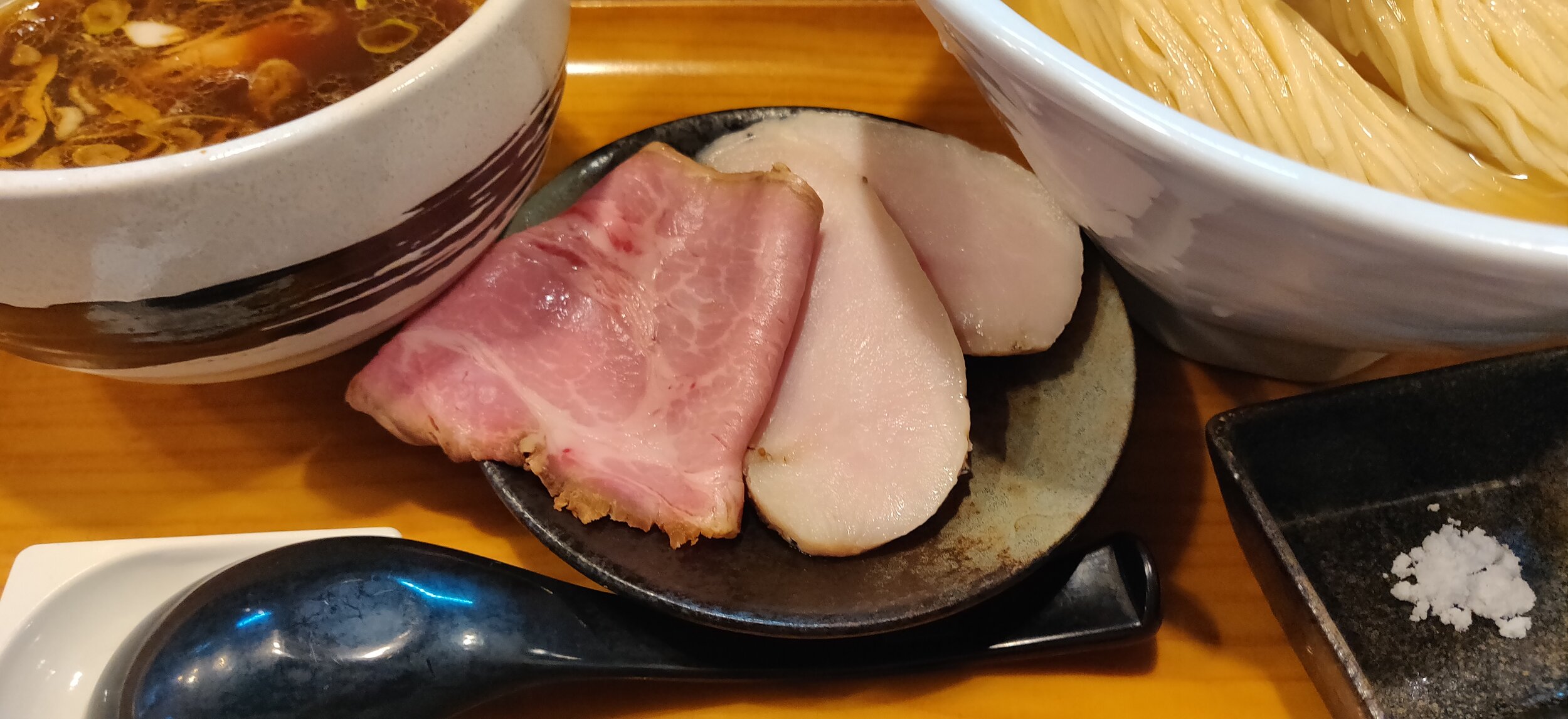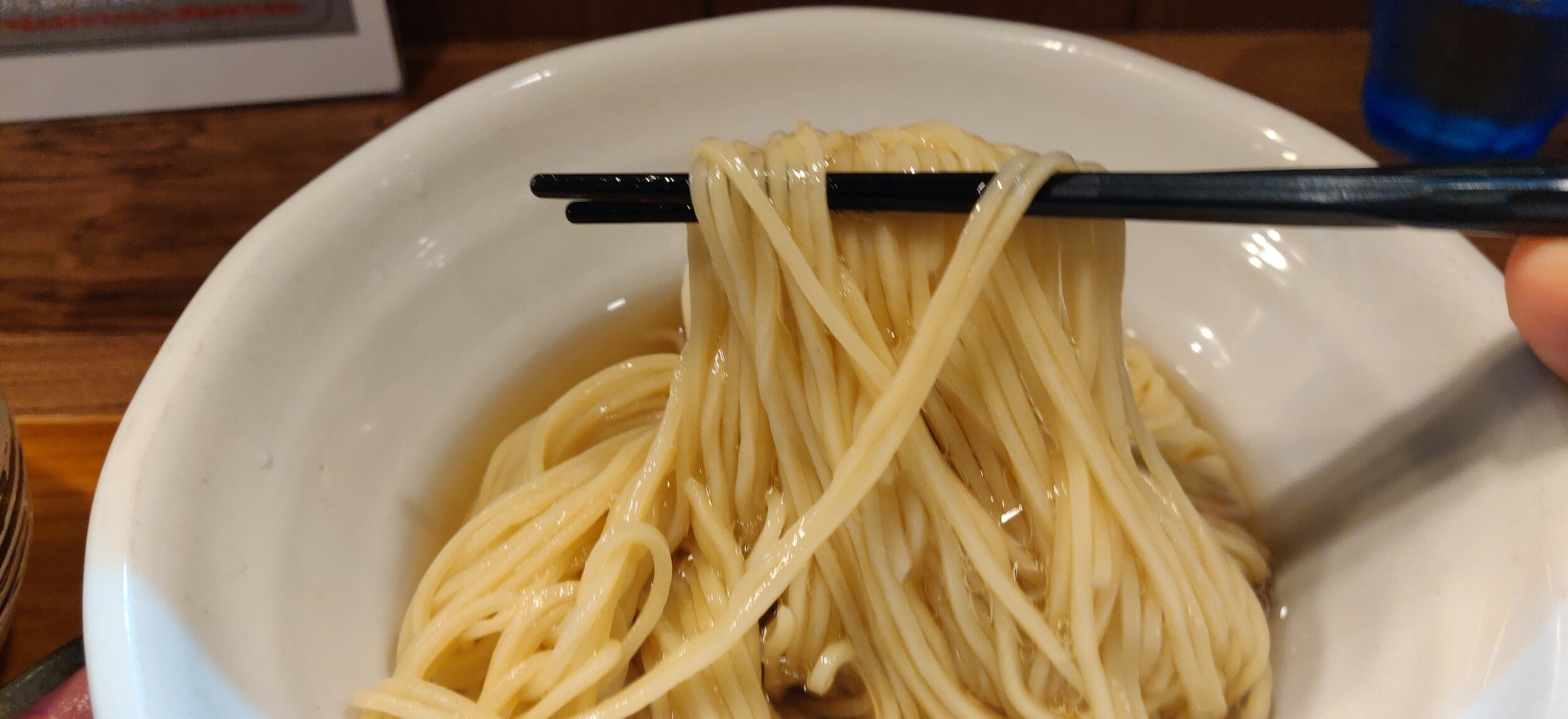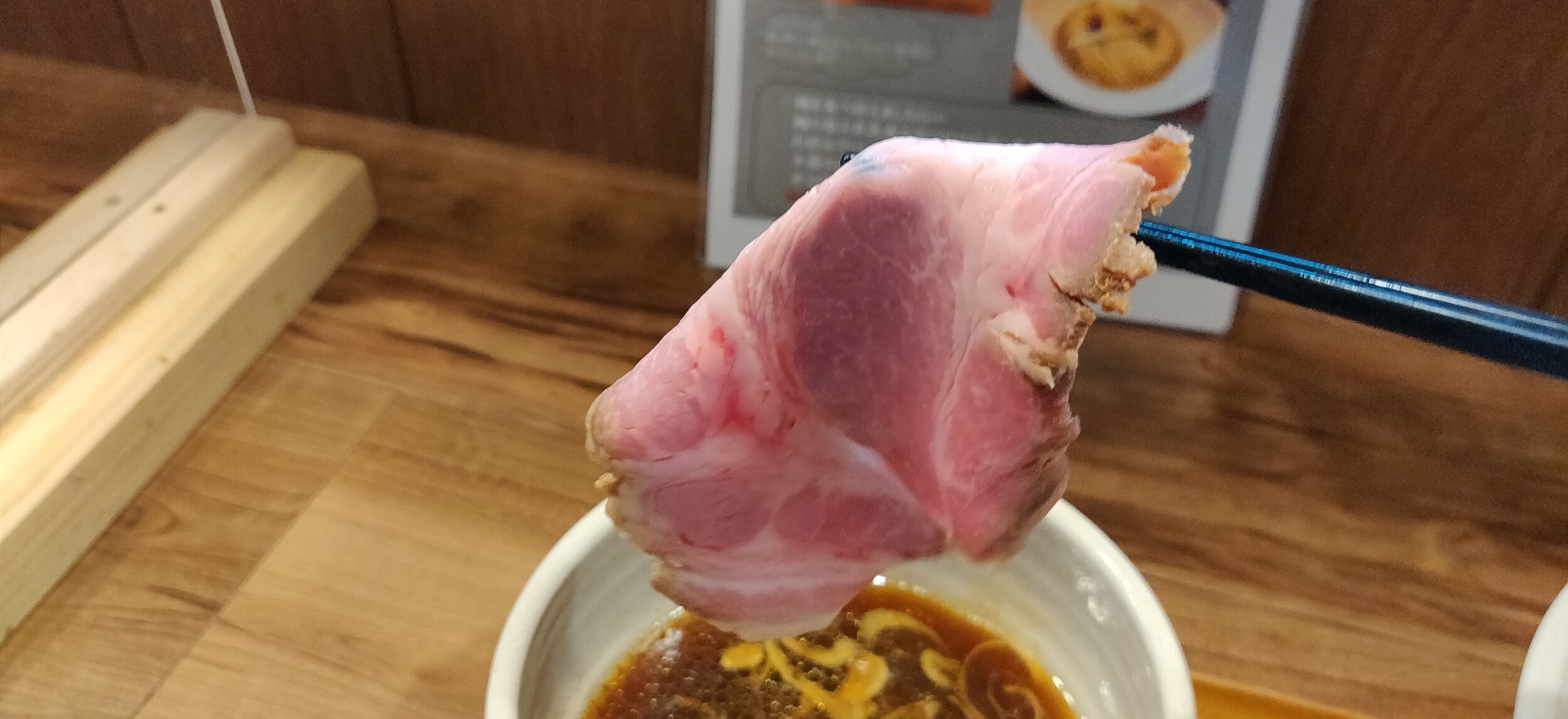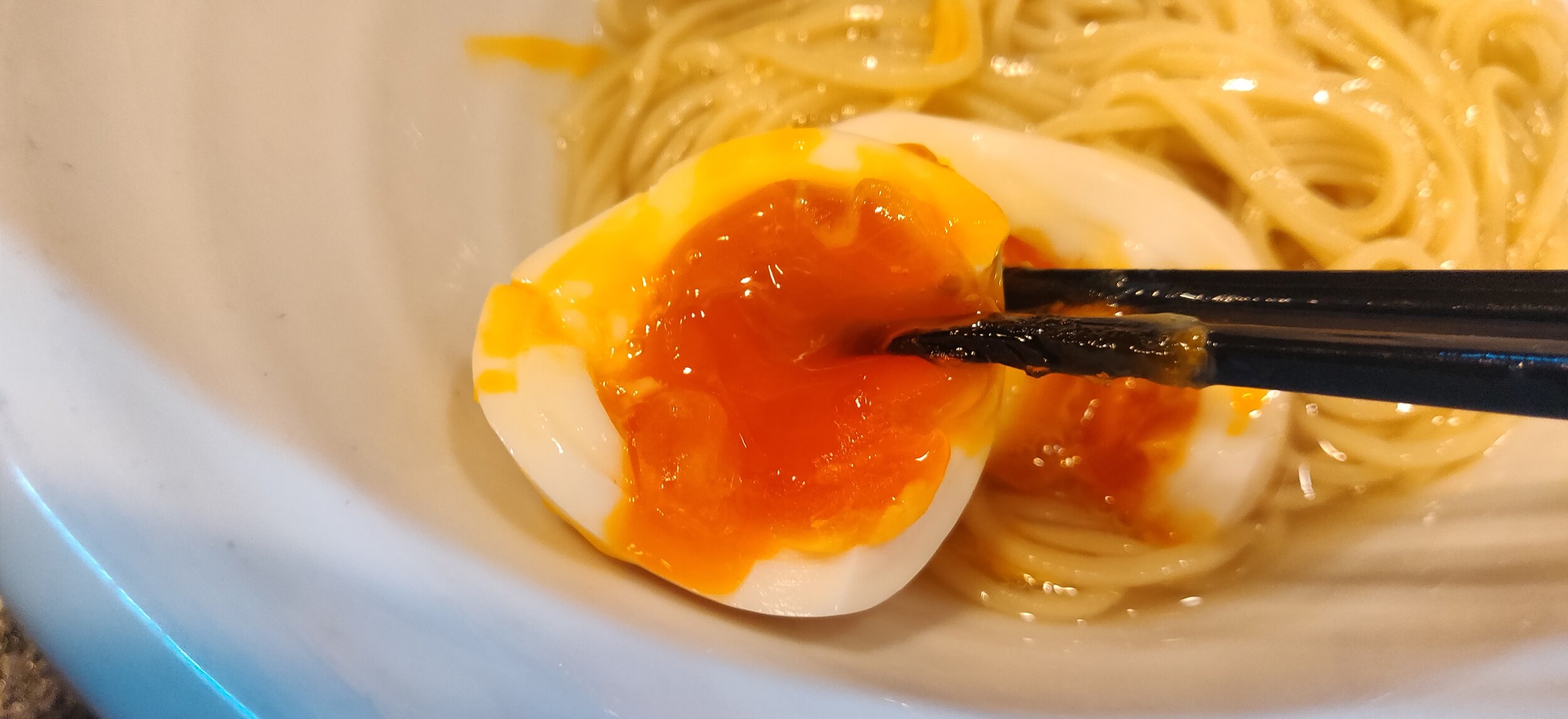Ramen Sukoyaka (ラーメン健やか); New Trend Tanrei Tsukemen, Mitaka, Tokyo
One of the new additions to the Tabelog top 100 this year is Ramen Sukoyaka which is mere walking distance from Mitaka station on the JR Chuo Line. If you didn’t know already, Mitaka is home to a number of high quality, top tier ramen shops so if you haven’t been to this area already, I highly recommend it. Anyways, when I heard that another shop had been included in the top 100 and it was located here, I just had to come knowing how competitive this area is for ramen and guessing (correctly might I add) that this had to be one of the upper echelon restaurants on the list. If you’re a tourist and making a visit here, definitely check out Kichijoji which is just one stop away and on the other side of this station is the Ghibli museum so this is a perfect place to squeeze in between sight seeing around Tokyo. Sukoyaka is closed on Mondays and usually let customers know when they’re taking a day off on Twitter so be sure to check beforehand just in case. For lunch they’re open from 11:30 to 14:30 and dinner hours are 18:00 to 21:00 (subject to change).
The ticket machine is right at the entrance and staff will come up to the line every so often to ask guests to purchase their ticket so hang tight until they come and get you. No English menu here so I’ll translate the machine here. Starting at the top row from left to right is the Shio, Shoyu, Tsukemen, and Niboshi in the Tokusei, extra toppings option. Thankfully their are photos here so you can see which one you might like. Second row is the corresponding ramen options with a soft boiled egg, third row is with extra chashu and the fourth row is the ramen as is. The fifth row is for extra noodles, extra soft boiled egg, extra chashu, and all the way on the right is for a craft beer. Final row is a rice option. So I opted to get the tsukemen on my visit, but my gf got the regular shoyu so I got to sample that as well. I forgot to snap a photo so I’ll leave the review for the regular shoyu when I inevitably come back for a repeat visit.
So I went for the Tokusei version which comes with the extra toppings and it’s definitely worth it as it looks quite simple without it. Soup is along the lines of the more new wave tsukemen shops using a thin broth as opposed to the thick and creamy Tonkotsu Gyokai which was all the rave like ten years ago. And of course with these lighter broth is the Kombu-sui which is a bath that the noodles sit in which is made from soaking Kombu in water letting it steep this sort of viscous dashi. Started off with the noodles and the thin strands were incredibly flavorful. Of course that comes with being placed in the Kombu-sui bath, but even without it, with every bite you can taste the flour aromas permeating in your mouth. Slurpability wise it was top notch and it was incredibly satisfying how smooth it was to eat. A bit of salt comes along with it, as you can see in the photo right below the bowl of noodles, and it really accentuates the flavor of the noodles. You can honestly just eat it without the soup and just with the Kombu bath and salt with how well made these were. Topped on the noodles is the add on Ajitama soft boiled egg which was a nice touch as it kept it from overcooking in the residual heat of the soup as well as some sprouts which gave it a peppery bite.
Soup was solid, but I dunno if I would say this is the best of this variety. I’ve been trying not to compare and contrast shops with each other, but it’s hard not to when these new wave tsukemen shops serve such similar bowls. I still stand by Uchoku in Ogikubo as my favorite for this style, but this was hands down in my top 3. Broth is incredibly refined and is a bit unique from the others in that it uses beef bone along with the base chicken carcass. A kombu dashi, infused with Asari clams, is used as well and overall is an umami overload which attacks your taste buds from every angle. The double soup does a great job of not only providing ample flavors from the animal stock, but uplifting it with the seafood based dashi and giving it a nice, balanced overall final product. The tare is shoyu, as you can see from the photo, and brings about a saltiness that benefits from the kombu-sui soaked noodles as it counteracts it a bit with every dip. The highlight is the truffle oil which is incredibly subtle, but gives it a touch of elegance and a hint of flavor that just multiplies that complexities of the soup. Really well made.
As for the toppings, it looks as if both the pork and chicken chashu varieties are cooked sous vide. I would say the pork was better than the chicken and the rosy pink slices worked really well when dipped in the soup. Chicken, at least on this visit, was a tad rubbery for me and I think could have benefited from a lower temp in the sous vide bath. Either that, or perhaps a bit of fat/oil when cooking as it was dry in my opinion. The Ajitama soft boiled egg however was cooked to a perfect runny yolk finish and really worked with the soup as it gave it some creaminess for a mid meal flavor change. Getting a bit in with the noodles and dipping in the soup made for an interesting texture as well that I quite enjoyed.
Not much more I can say to be honest. Bang on solid tanrei tsukemen. If I were to rank it in Mitaka, it’s definitely up there as one of the best and deserves every bit of the accolades and recognition it has received so far. I wouldn’t be surprised if more keep coming which I’m sure will lead to longer lines. Ergo, best to come as soon as possible since the wait outside is right next to a parking lot with no shade and it can be brutal standing out there for an extended period of time. Finally, if you are on a visit here from abroad, be sure to check out my ramen guide eBook out on my store now, it’ll be sure to help you find some of the best ramen here in Tokyo! Thanks in advance!

